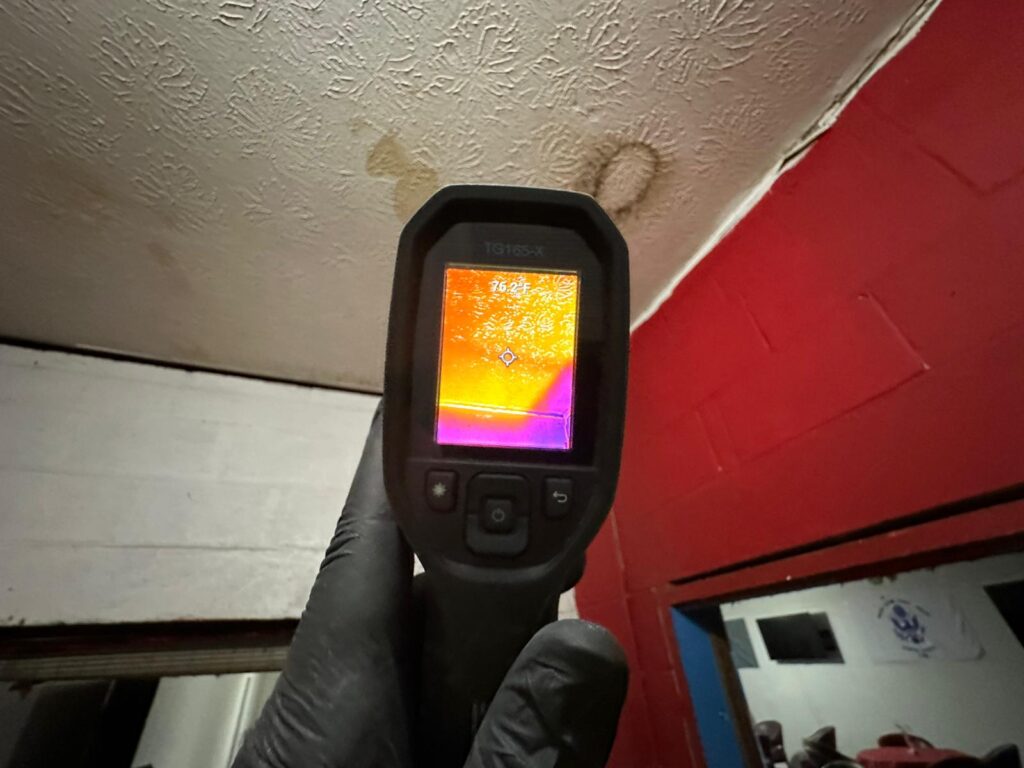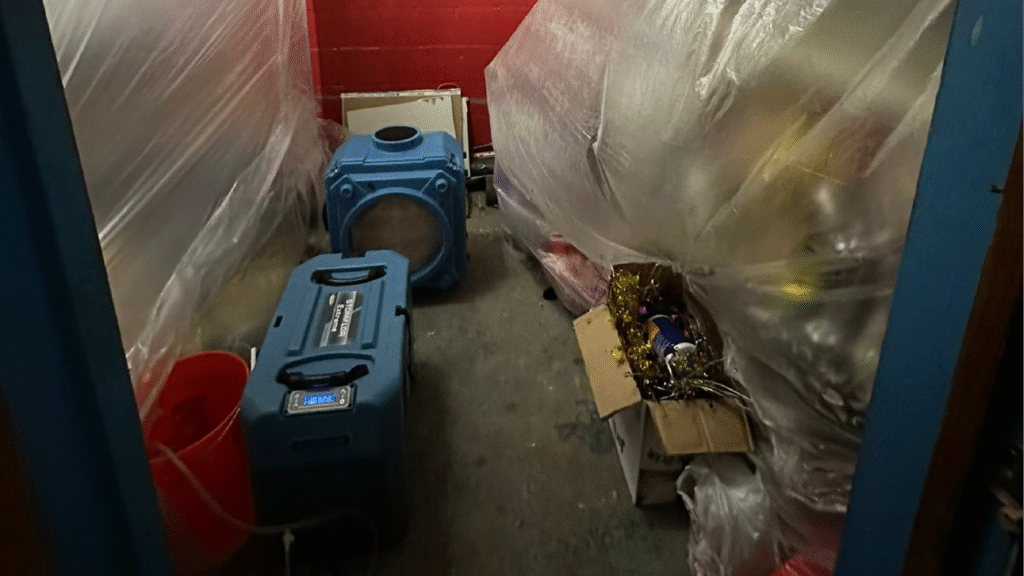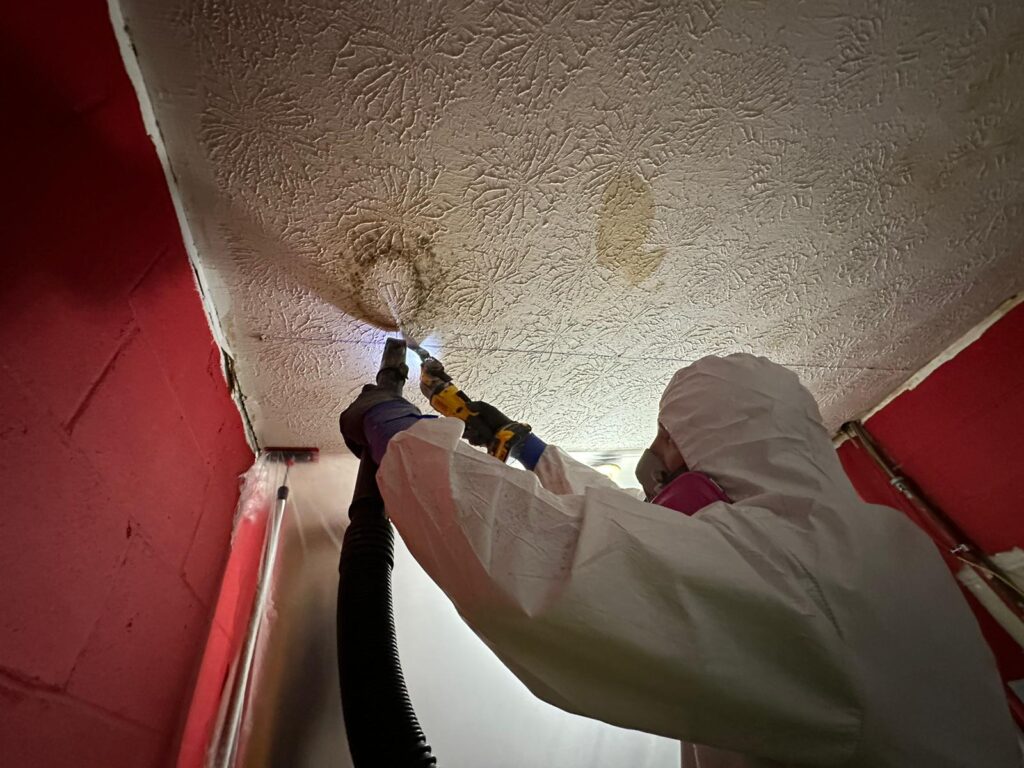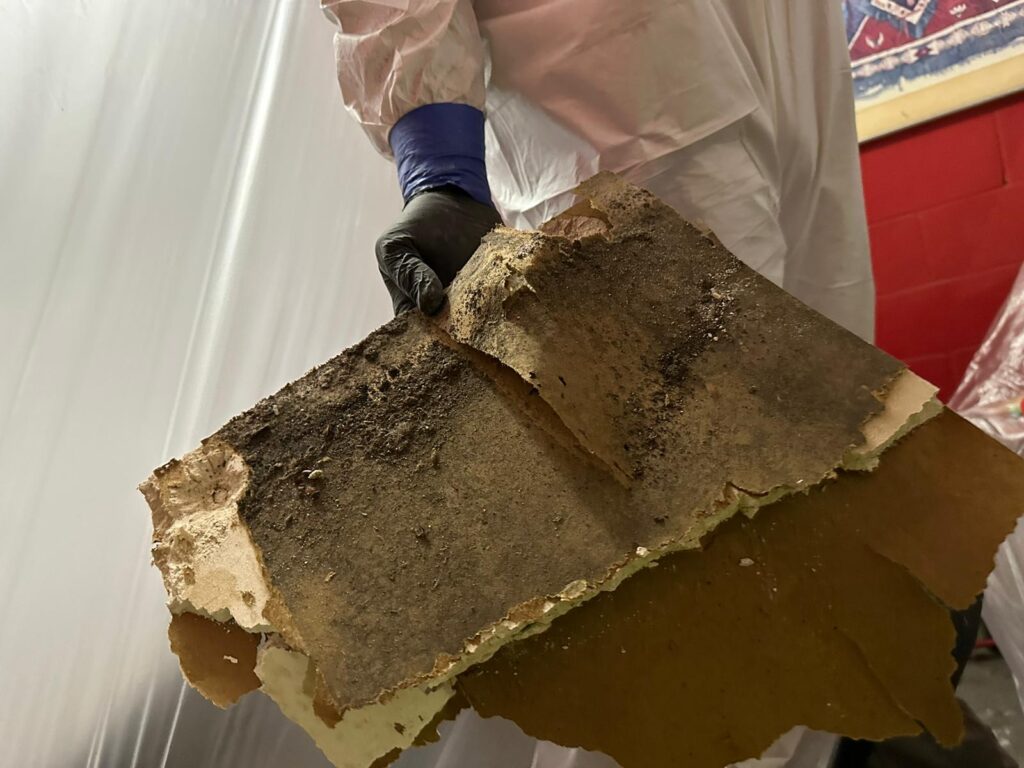From Panic to Peace of Mind
No More Mysteries
Step-by-Step Through the Restoration & Claim Process. Know exactly what happens when you call us. No fine print. No surprises. Just clarity, protection, and real results.

Step 1
Contact Us — Before You Call the Insurance
- When to reach out: The moment you see a water stain, smell something strange, or notice damage — reach out to us first.
- Why: Talking to your insurance company without proper documentation or representation can cost you the entire claim.
- What we do: We send a licensed inspector to check the full extent of the damage — including hidden issues.
Step 2
Free Inspection & Damage Assessment
- We inspect every inch — the visible damage and the hidden threats (like mold, odor, or structural risk).
- We document everything with professional photos and a damage report tailored for insurance claims.
- You’ll get a clear explanation of what’s happening and what your options are — in plain English.


Step 3
Claim Assistance & Guidance
- Insurance is a business — and their job is to pay as little as possible.
- We help you submit a claim (or evaluate an existing one) the right way, avoiding the common mistakes that lead to denials.
- If needed, we’ll refer you to trusted public adjusters or attorneys to protect your rights.
Step 4
Immediate Mitigation & Containment
- Mold can start growing in 24–48 hours. We don’t wait.
- We set up drying equipment, air scrubbers, and containment zones to stop the damage from spreading — and keep your family safe.
- We make sure all affected areas are thoroughly dried and stabilized to prevent further damage


Step 5
Restoration & Recovery
- We restore what was damaged — walls, floors, roofs, you name it.
- You’ll receive a detailed scope of work, timeline, and updates throughout the process.
- We only use high-quality materials and certified crews — no shortcuts.
Bonus
What Most Companies Won’t Tell You
- Saying “the wrong thing” to your insurer can void your coverage
- Not documenting odor or mold properly can lead to denied claims later
- Many damages are invisible at first — and that’s where most mistakes happen
